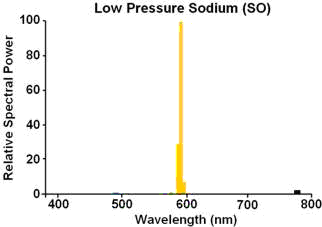It goes from the backyard of a house into the streets. Kind of a hide and seek from the killer sequence. Now the backyard will not logically have any of the lights turned on illuminating it at night, since no one is suppose to be outside and no lights are switched on.
So moonlight is the way to go. But then once we get onto the city street, lighting will be difficult legally, and also competently since the street lights drown out a lot of moonlight. But this is okay though, I want to use the natural streetlight that is there, and it will help give the look I want. But I am not sure how where the moonlight should end, and the streetlight begin logically. How to shoot it so it doesn't look obvious that the lighting is switching. Even if I cut a few seconds ahead to a different location I will be cutting from moonlight to streetlight, even though, only a few yards have passed in the cut. I am doing tests but not sure how to picture this one, or at least picture it in a way which I am certain audiences will find acceptable. Any suggestions? Thanks.
So moonlight is the way to go. But then once we get onto the city street, lighting will be difficult legally, and also competently since the street lights drown out a lot of moonlight. But this is okay though, I want to use the natural streetlight that is there, and it will help give the look I want. But I am not sure how where the moonlight should end, and the streetlight begin logically. How to shoot it so it doesn't look obvious that the lighting is switching. Even if I cut a few seconds ahead to a different location I will be cutting from moonlight to streetlight, even though, only a few yards have passed in the cut. I am doing tests but not sure how to picture this one, or at least picture it in a way which I am certain audiences will find acceptable. Any suggestions? Thanks.
Last edited:



